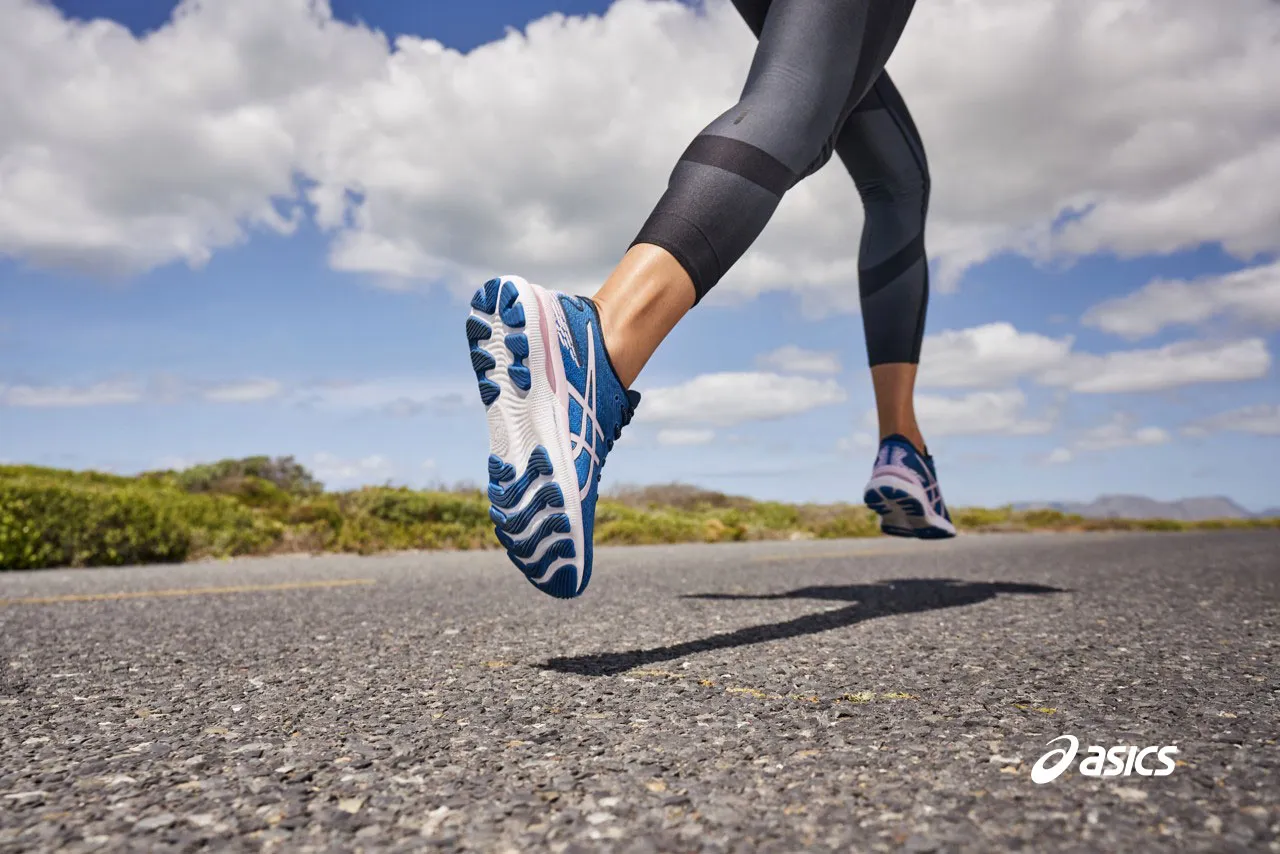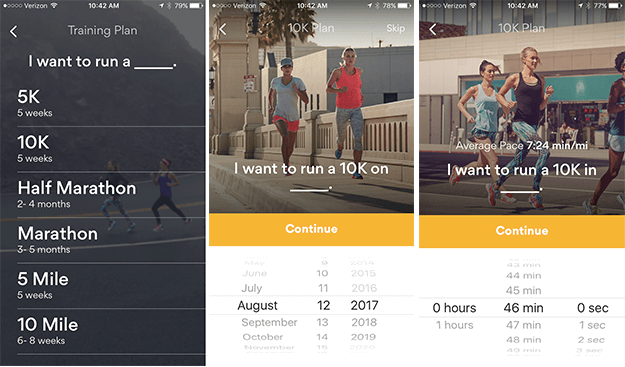
10k Training Plan
October 27, 2022 / ASICS Australia
Whether you’re an experienced or beginner runner, it’s important to keep your training efforts on track.
This is especially true for 10k runs and other long-distance races. A 10k training plan can help track your progress and reach your goal, whether it’s completing your first 10k, working up to a half marathon, or breaking a personal record.
Can you run a 10k if you can run a 5k?
If you’ve completed a 5k, you’ve already completed some of the training required to run a 10k. However, a 10k race is twice as long as a 5k, meaning there may be some additional training and preparation involved.
If you’re wondering how to go from running a 5k to running a 10k, don’t worry. The progression from running a 5k to running a 10k is straightforward with a good training plan.
How to progress from running a 5k to running a 10k
Many runners seek to increase their running distance from 5k to 10k. The best way to do this is by understanding your base fitness level and developing a training plan that fits it. Here are five tips that can help get you started with progressing from a 5k to a 10k.

1. Understand your base fitness level
Since a 10k race usually requires you to run for more than an hour, you have to first look at where you’re starting out. Beginner runners may require more training than intermediate runners. Depending on your running experience, you should approach a 10k in different ways.
As a newer runner, you should understand that you’ll likely need more time to prepare to run ten kilometers. The transition from a 5k to a 10k will likely mean you have to slowly increase your running distance over a lengthier time period.
Experienced runners may be looking to improve their 10k times or even use a 10k to prepare for a marathon. This involves focusing on pace. Make sure you can maintain a good 10k pace through muscle memory created in your training.
2. Follow your own pace
Every runner shouldn’t set the same pace in a 10k because every runner has different goals. Rather than base your pace on that of your competitors, you should set your pace based on your running and training experience.
Beginner runners should focus on creating enough endurance to finish a 10k rather than focusing on pace. For experienced runners, focus on finishing your 10k more comfortably.
More advanced runners will want to focus on setting and memorising a pace that consistently beats, or at least matches, your previous 10k time. All of these are done through consistent, timed training which creates muscle memory.
How do I train for a 10k personal record?
Setting your own pace and training schedule can be hard. With the ASICS RunKeeper GO App you can create your 10k training plan easily by having the ability to:
- Set training goals
- Make personalised 10k training plans
- Schedule and log workouts
- Compete with your friends
3. Incorporate different types of workouts
When preparing to run a 10k, you should incorporate the following types of workouts into your training routine:
- Easy-run. Training hard means you need recovery time. By running at a slower-than-normal pace, you’ll give yourself time to recover for your next workout. This can help reduce your recovery time between runs as well as help prevent burnout and injury.
- Speedwork. You want to run short intervals at a near sprint. With these short bursts, you’ll train your muscles to run at a faster pace overall, even on longer runs.
- Cross-training. Strength training, swimming, and cycling are all good examples of cross-training. Cross-training helps you work muscles you would otherwise not work. This may help you reduce the likelihood of injury and boost overall fitness goals.
4. Follow a training program
To know what you’ll need to do every day, you need a training plan. A 10k running plan gives you a focused, daily agenda. By tracking your daily runs, you’ll be able to see your progress in real time. A 10k training program can also help you stay within your limits so that you can run consistently and make training a habit.
If you’re having trouble creating a training plan aligned with your goals, download the ASICS Runkeeper app . With the Runkeeper app, you’ll have a training plan tailored to your abilities and preferences within minutes. Additionally, the app allows you to maintain a flexible running schedule if you’re too busy sticking to a traditional daily workout plan.

Download the ASICS Runkeeper App for iPhone
Download the ASICS Runkeeper App for Android
5. Take preparation and recovery seriously
Easy runs, injury prevention, and burnout fall under a crucial category of training: recovery. Without easy runs, days off, and stretching, you may be at a higher chance of burnout or injury, both of which can delay your training in the long run.
Rather than push yourself every day, remember that your body needs rest. Rest can help you continue to run your best while maintaining your energy and mental wellbeing. Staying hydrated is also highly important , helping to prevent muscle cramps, improve endurance, and shorten recovery time between workouts.
Run your first 10k with confidence
Depending on your 10k goals, you want certain types of equipment. Whether you're looking for stability, spring or comfort, ASICS has a running shoe tailored to your needs. Make sure your shoes and gear aren’t holding you back and take a look at the equipment that has been moving runners past the 10k finish line.
Please note: This information does not contain or constitute medical advice or a medical opinion, and it is provided for informational purposes only. You should always consult a qualified and licensed medical professional prior to beginning or modifying any diet or exercise program.